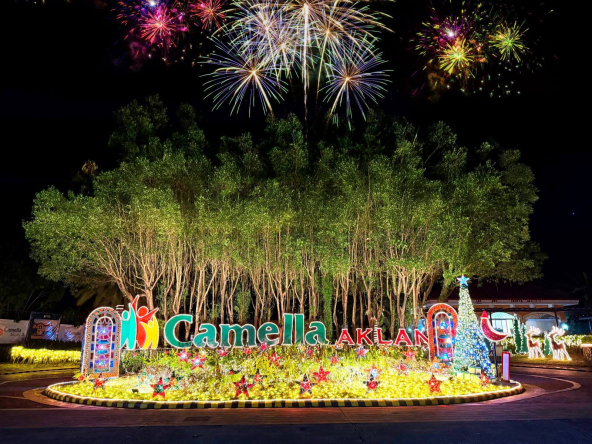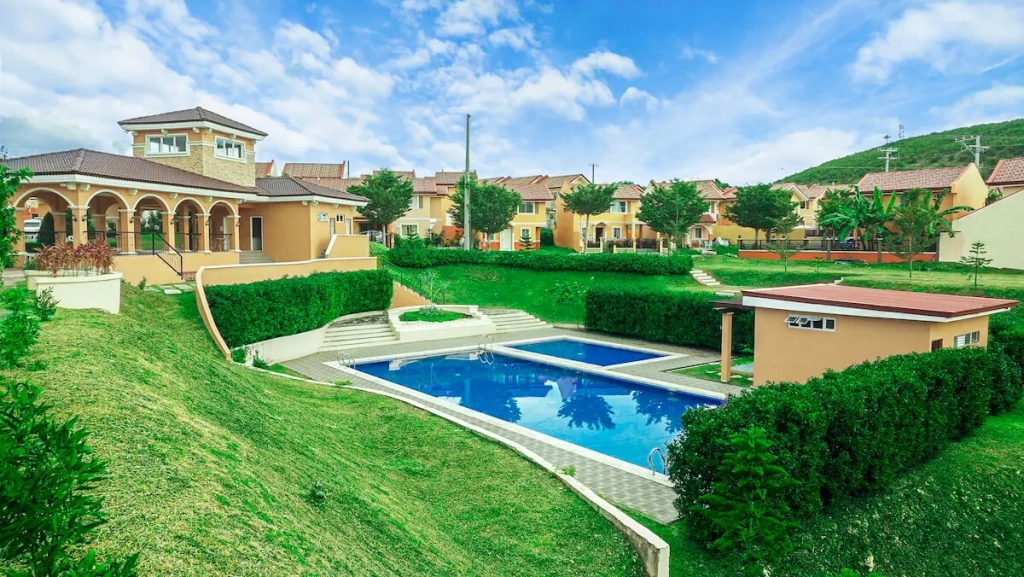
Investing in the best ecotourism destinations: Value in places that are quietly thriving
Have you ever found yourself zoning out during the day, imagining what life would be like if things were just a bit…slower? Not boring-slow, but peaceful-slow. Like mornings in rural communities, with no alarms, coffee in hand, with a view that’s more greens and blues than cars and concrete.
It’s not exactly a new dream, especially for us Filipinos who grew up believing that owning land is a symbol of stability. But lately, more people are leaning into it, not just for their future homes, but as a smart way to grow their savings, too.
That’s where investing in eco-tourism locations comes in. Now, before you scroll away thinking this sounds too technical or too outdoorsy, let’s keep it real: this isn’t about building treehouses in the middle of nowhere or engaging daily in outdoor recreational activities. It’s about finding value in places that are quietly thriving. Places that celebrate nature, uphold sustainable practices, support local communities, and carry long-term potential not just financially, but emotionally too.
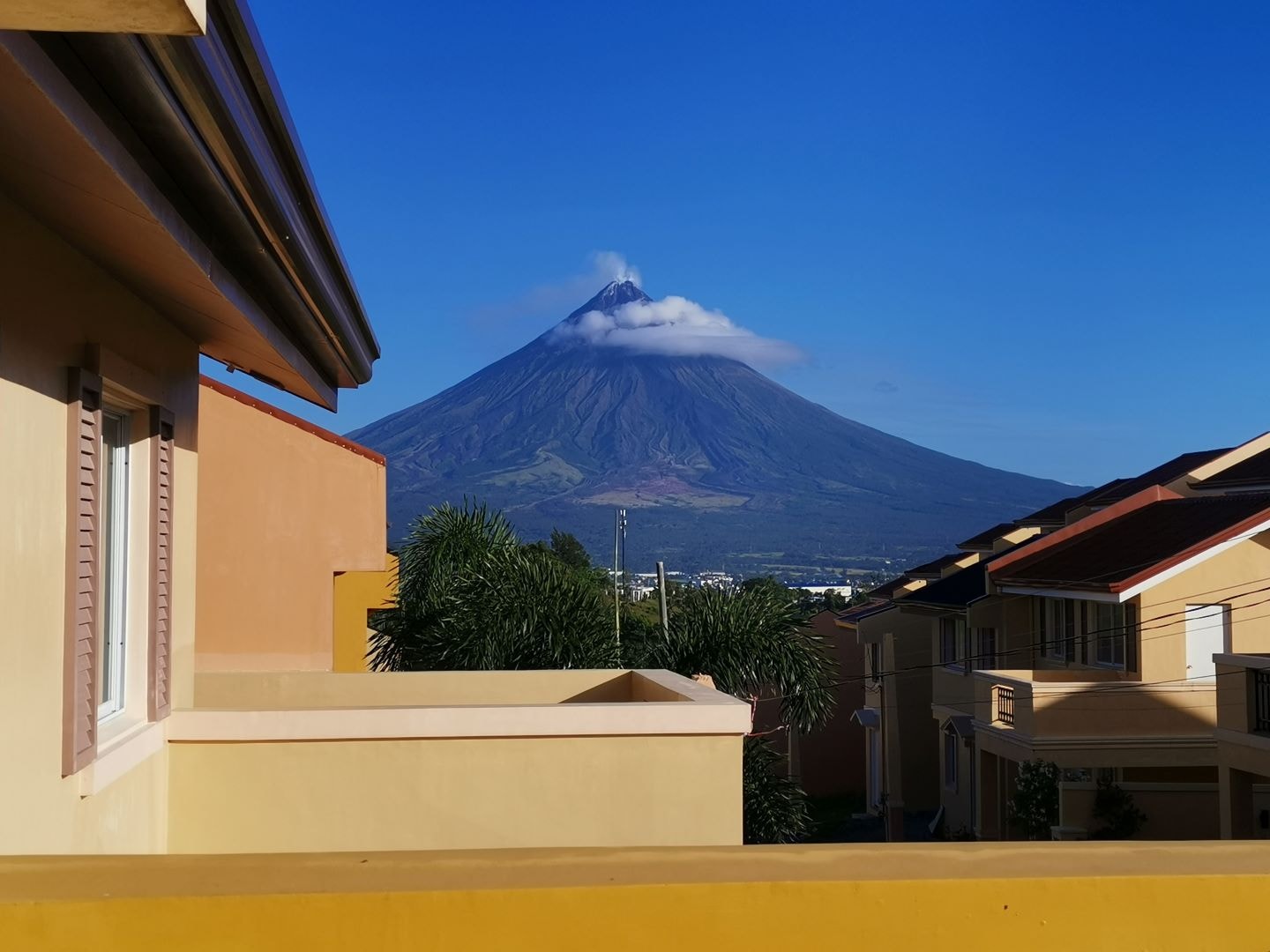
Why Eco-Tourism Sites Are Gaining Ground for Future Investments
One of the fastest-growing sectors globally and in the country
The tourism industry has gone through major shifts over the years, and one of the biggest ones? People are now choosing destinations that are more mindful, more grounded. Eco-tourism is no longer a niche. It’s one of the fastest-growing sectors globally, and the Philippines, with its diverse ecosystems and natural wonders, is right at the center of it.
Finding meaning behind the experience
Visitors are seeking more than just a vacation. They want meaning behind the experience. Whether it’s hiking through a natural park, swimming near coral reefs, or just soaking up the local culture, travelers are more intentional now. And that intention is creating real change on the ground. There’s growing support for biodiversity conservation, sustainable tourism, and local economic development, especially in rural areas that were previously overlooked.
Creating possibilities from the ever shifting real estate landscape
From an investment perspective, that shift creates new possibilities. Instead of the usual busy urban centers or city center, attention is turning to towns and cities that sit near these eco-friendly destination areas that are now developing thanks to tourism, improved infrastructure, and stronger local business ecosystems.
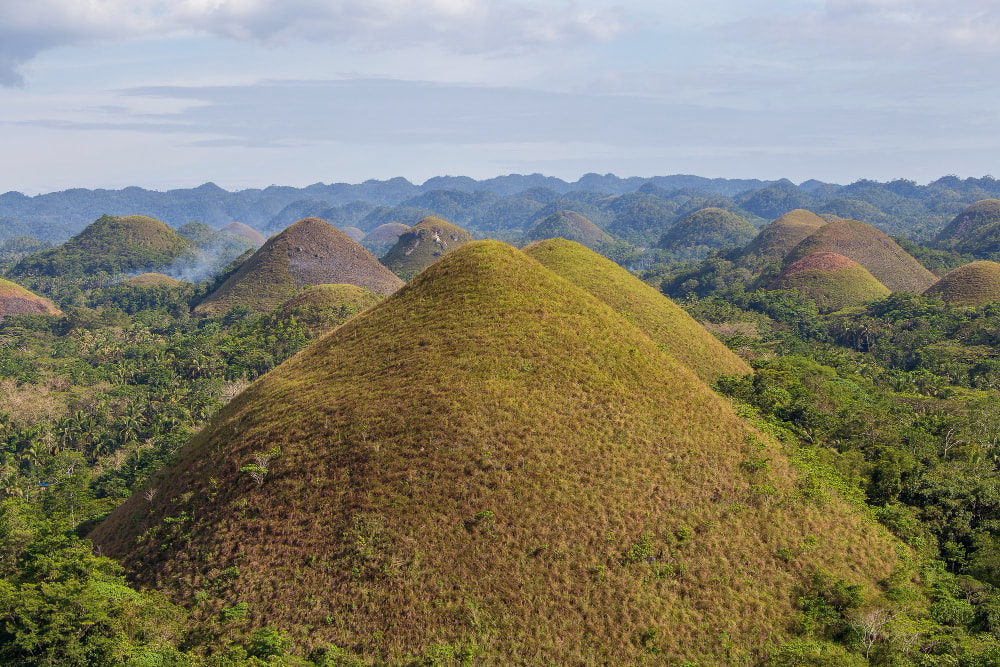
Investing Near Natural Parks and Nature-Based Destinations
Some of the most strategic areas for property investment today are cities that sit close to the country’s top eco-tourism sites. These places aren’t just near beautiful landscapes—they’re growing hubs for commerce, culture, and sustainable development.
Bohol: Home of the Chocolate Hills and Tarsier
In Bohol, the capital city of Tagbilaran offers access to pristine beaches, the Chocolate Hills, and popular ecotourism destinations like Panglao. It’s a place where investors are seeing steady local economic development, thanks to a blend of tourism appeal and urban convenience.
Palawan: Philippines’ Last Frontier
Over in Palawan, Puerto Princesa City connects visitors to the UNESCO World Heritage Site that is the Underground River, while also standing as a well-equipped center of commerce, education, and community life.
Albay, Bicol: Scenic views of active volcanoes
In Albay, Legazpi City continues to thrive with its scenic views of active volcanoes and surrounding natural wonders. With strong infrastructure and a growing population, it offers real estate options that cater to both lifestyle seekers and long-term planners.
These locations are close to protected areas, national parks, and other nature-based attractions, making them ideal for those who value sustainable tourism and smart living. Investing in these areas allows you to support local communities, promote environmental conservation, and still enjoy the economic benefits of being near high-traffic destinations.
With each of these cities offering proximity to lush rainforests, natural beauty, and thriving local economies, they represent a sweet spot for anyone looking to invest in the future, whether it’s for a home, a business, or both.
Protected Areas and National Parks: The Quiet Drivers of Economic Growth
When you look at areas close to eco-tourism hotspots, one thing becomes clear: they’re no longer just for vacation. These towns and cities are evolving into living, breathing centers of opportunity, thanks to the consistent flow of both local and international visitors. As tourism flourishes, so does the surrounding economy.
There’s a steady rise in small businesses, hospitality services, transport networks, and local markets, all of which contribute to stronger local economic development. That growth isn’t just good for tourists. It creates jobs, strengthens communities, and increases land and property values in ways that feel organic and lasting.
Unlike high-traffic urban centers where growth often leads to congestion, these areas expand with a rhythm that feels more in tune with nature and community. They are designed with space, sustainability, and long-term economic benefits in mind, making them ideal for people who are thinking beyond short-term returns.
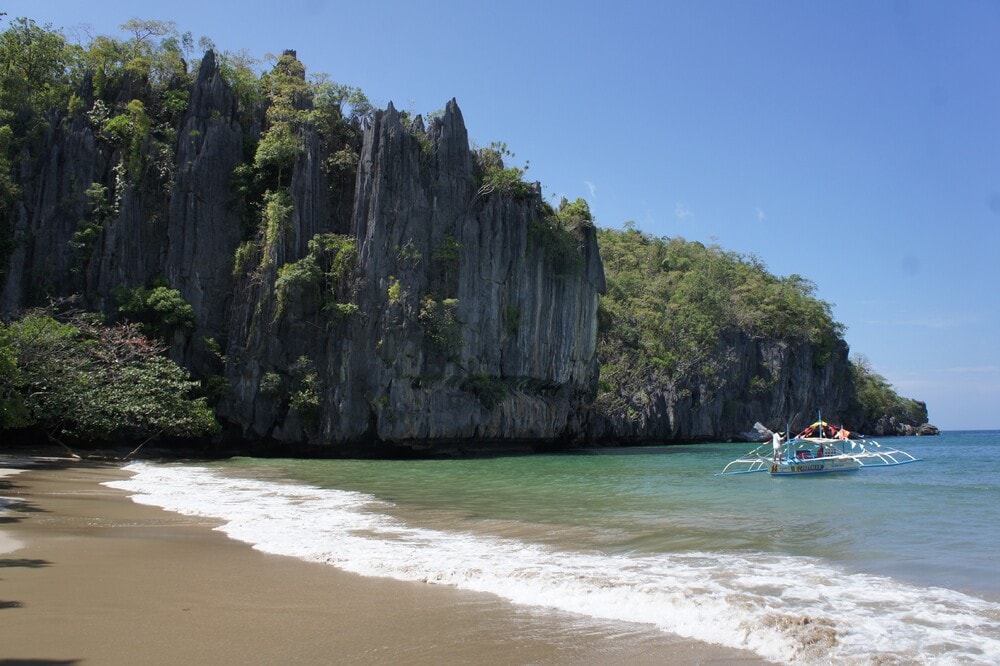
Image source: https://whc.unesco.org/en/list/652/gallery/
Puerto Princesa Underground River and Other Eco-Friendly Adventure Hubs to Live Near
What makes investing near eco-tourism destinations extra meaningful is the lifestyle that comes with it. This isn’t the hustle-heavy, go-go-go energy we’re used to in city life. It’s slower, softer, and more connected to what really matters: health, family, space, rest.
These locations offer the kind of balance many of us didn’t even know we were craving. Imagine mornings without honking cars, weekends spent at waterfalls or local markets, and community events that celebrate local culture and traditions. These towns are often proud of their heritage and more rooted in human connection.
It’s the kind of setting that encourages you to be present. Where weekends feel like actual breaks, and your surroundings do half the work of calming you down. Investing here isn’t just about owning land it’s about giving yourself and your family access to that kind of life.
Investing Near Natural Wonders
We talk a lot about sustainable tourism, but when you choose to live or invest near these destinations, you actually become part of that movement. Moreover, you help preserve natural areas and wildlife sanctuary that are home to many species, like migratory birds. By supporting communities outside of the usual commercial zones, you help promote sustainable travel practices and support biodiversity conservation efforts that keep these places alive for generations to come.
Instead of contributing to overtourism in already-crowded areas, you’re redistributing growth into nearby spaces that are ready for it places with diverse ecosystems, beautiful landscapes, and a strong sense of identity. It’s tourism that uplifts rather than overwhelms.
And the beauty of this approach? It doesn’t feel forced. You’re not giving up your lifestyle or modern comforts, you’re just choosing to be more intentional about where you build, spend, and stay. The result? A long-term investment that feels just as good emotionally as it does financially.
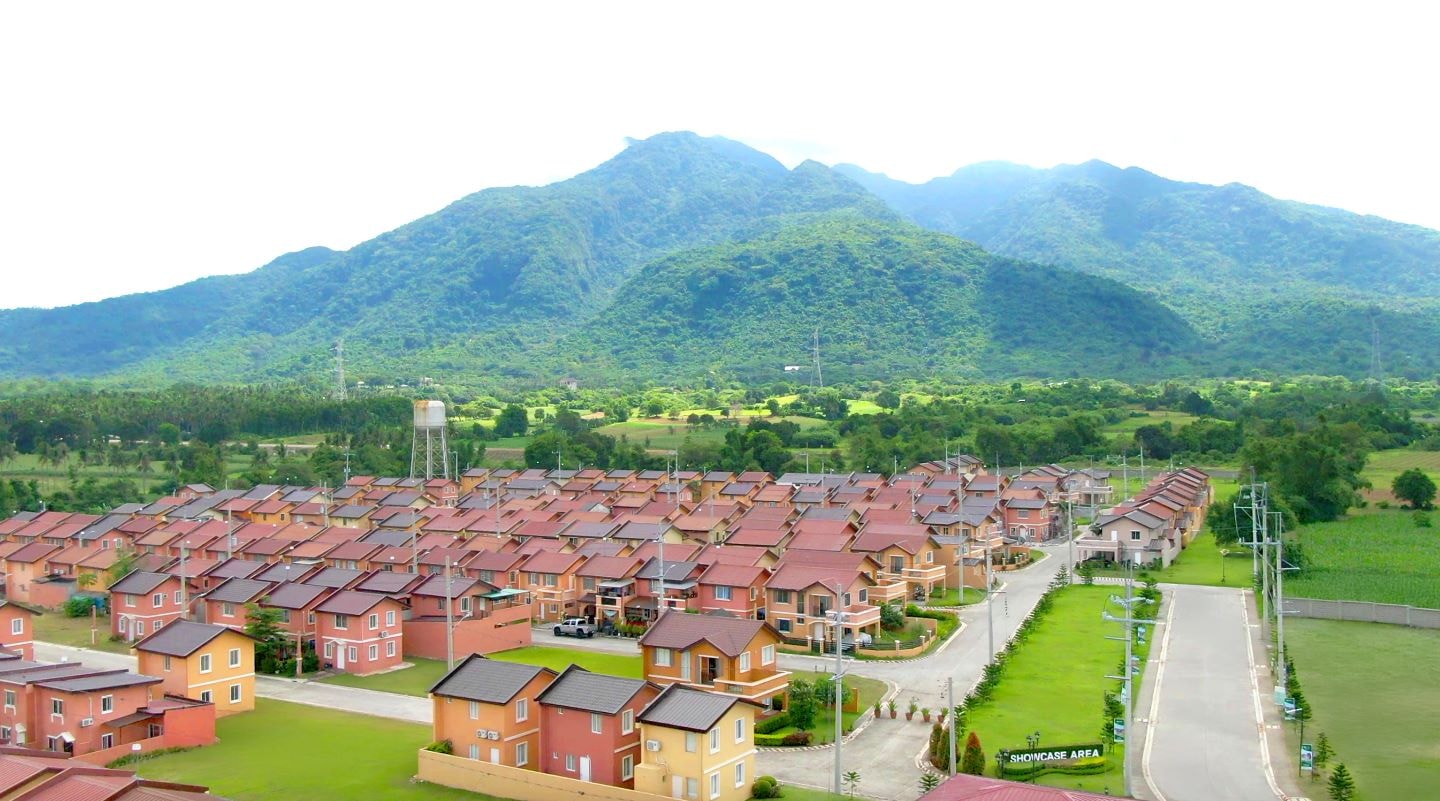
Why Metro Manila Residents Are Investing in Eco-Tourism Regions
Metro Manila will always be the capital city, fast-paced, full of energy, and the heart of business, culture, and connection. But for many who live there, that same energy can feel heavy. Between traffic, rising living costs, and disappearing green spaces, more Filipinos are beginning to ask, “What else is out there?”
That curiosity is quietly turning into action. More residents are looking beyond the city and investing in places that offer more than just square footage. They’re looking for natural beauty, a healthier rhythm, and a kind of space that makes sense not just financially, but personally too. That’s why interest in areas near eco-tourism regions is growing, especially among mid to mid-high income earners, OFWs, and young professionals planning ahead.
These locations, like cities near ecotourism destinations, lush forests, and even active volcanoes aren’t just for weekend getaways or postcard views. They’re peaceful but promising spaces where you can live closer to nature, while still enjoying access to reliable infrastructure and a supportive local economy. For Metro Manila residents, it’s the chance to enjoy the best of both worlds: calm surroundings with real potential for sustainable development and economic growth.
Unlike the dense, fast-paced metro, these areas offer what many are craving space to breathe, cleaner air, and a lifestyle that feels more grounded. Add to that the accessibility to pristine beaches, lush rainforests, and a deep connection to local culture, and suddenly, your “investment” feels more like a future you’d actually want to live in. It’s no longer just about escaping the noise. It’s about choosing a life that values health, family, and purpose, with land that quietly grows in value as more people begin to look beyond the capital.
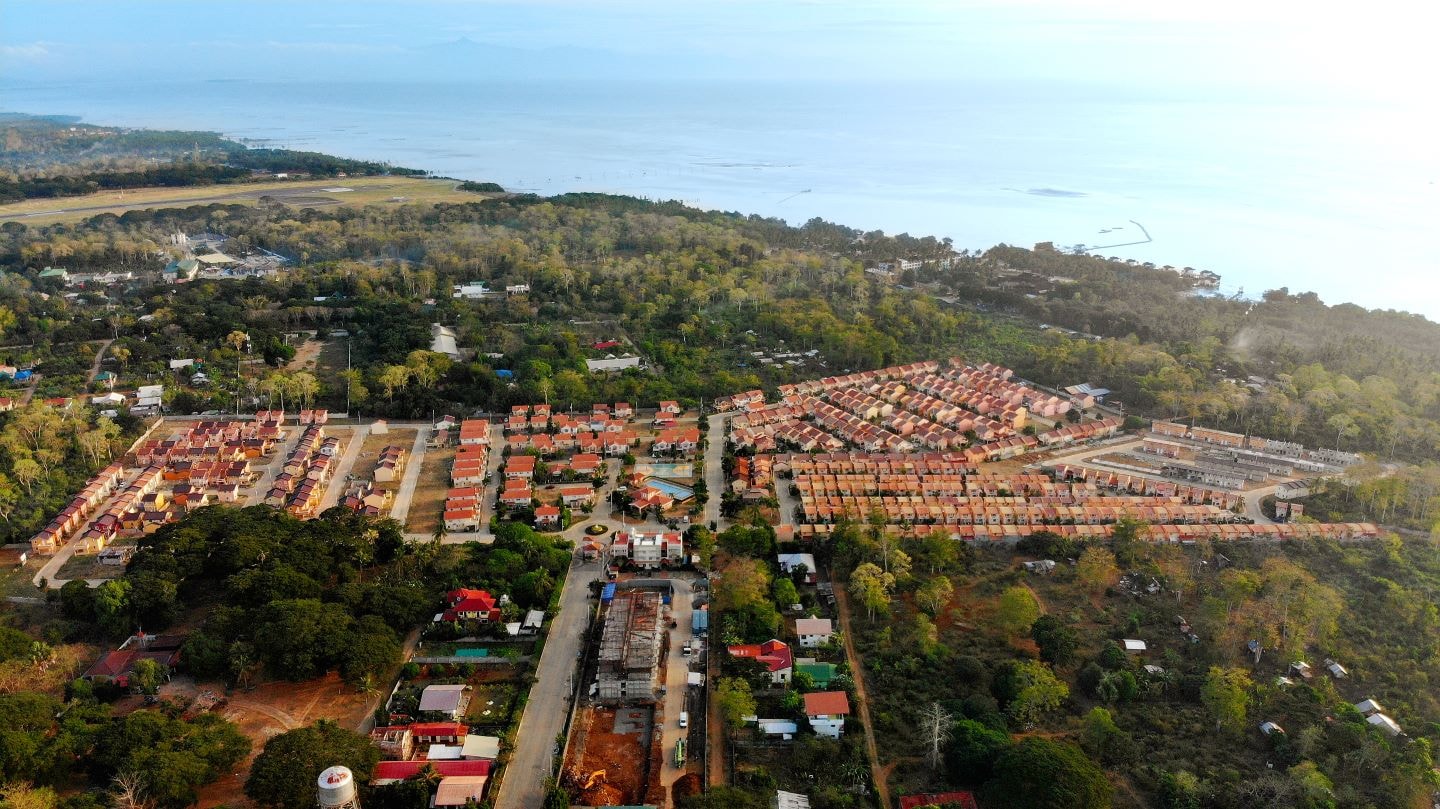
The Investment Opportunities Found in Eco-Tourism Destinations
When we think of investments, we often imagine city condos or commercial spaces, but eco-tourism destinations are opening a different door. These areas offer a kind of value that’s both practical and purposeful. You’re not just investing in land, you’re investing in a lifestyle, in sustainability, and in places that are quietly transforming the way people live, travel, and connect.
The rise of sustainable tourism has created new momentum for destinations surrounded by natural resources, natural wonders, and diverse ecosystems. As travelers lean into slower, more intentional experiences, they’re seeking places that reflect those values, places that protect the environment, celebrate local culture, and prioritize well-being. That’s where eco-tourism destinations shine, not just as getaways, but as high-potential investment zones.
This shift is fueling steady economic growth across regions that were once considered rural or “far.” Today, towns near UNESCO World Heritage Sites, national parks, or protected areas are becoming stronger economic players, supported by better infrastructure, tourism spending, and stronger ties to local communities. What used to be a quiet beach town or mountain city is now home to small businesses, hospitality ventures, and young families choosing to live closer to nature.
And because the tourism industry in these areas often works alongside environmental planning, your investment supports more than your portfolio. It contributes to biodiversity conservation, local economic development, and environmental conservation, which protects these places for future generations. It’s growth that respects the land and uplifts the people who live on it.
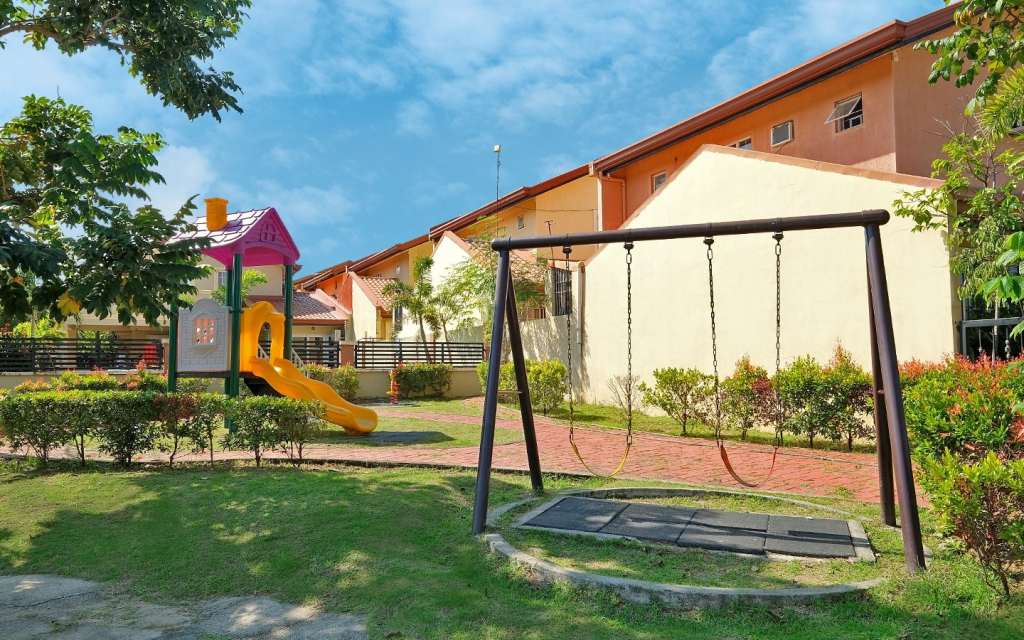
The opportunities are also flexible. You can build a quiet vacation home for your family. Turn a lot into a nature-inspired homestay. Or simply hold your property and let its value grow alongside the community. And because these are places where the land is framed by natural beauty, lush forests, and strong cultural identity, their value isn’t just about numbers, it’s about meaning.
As the tourism sector continues to evolve, investing in eco-tourism destinations puts you right where the future is headed. With land that grows in value, supports the planet, and gives you space to live more intentionally, it’s the kind of investment that pays off in more ways than one.
There’s something deeply comforting about imagining a life rooted in nature, quiet mornings, wide skies, and the sound of trees swaying instead of cars honking. For many, investing near eco-tourism destinations isn’t just about business. It’s about choosing a future that feels slower, simpler, and more intentional. A life with more breathing room.
At the same time, it’s a smart move. These areas, surrounded by natural beauty, driven by sustainable development, and supported by growing local economies, are becoming some of the most promising places to build, live, and grow. You’re not just planting money into land. You’re placing it somewhere that supports people, protects the environment, and evolves with purpose.
And if you’re considering where to begin, Camella offers developments in cities and municipalities located near many of the country’s most promising eco-tourism sites. So maybe this is your sign to stop romanticizing a soft life… and start investing in one.
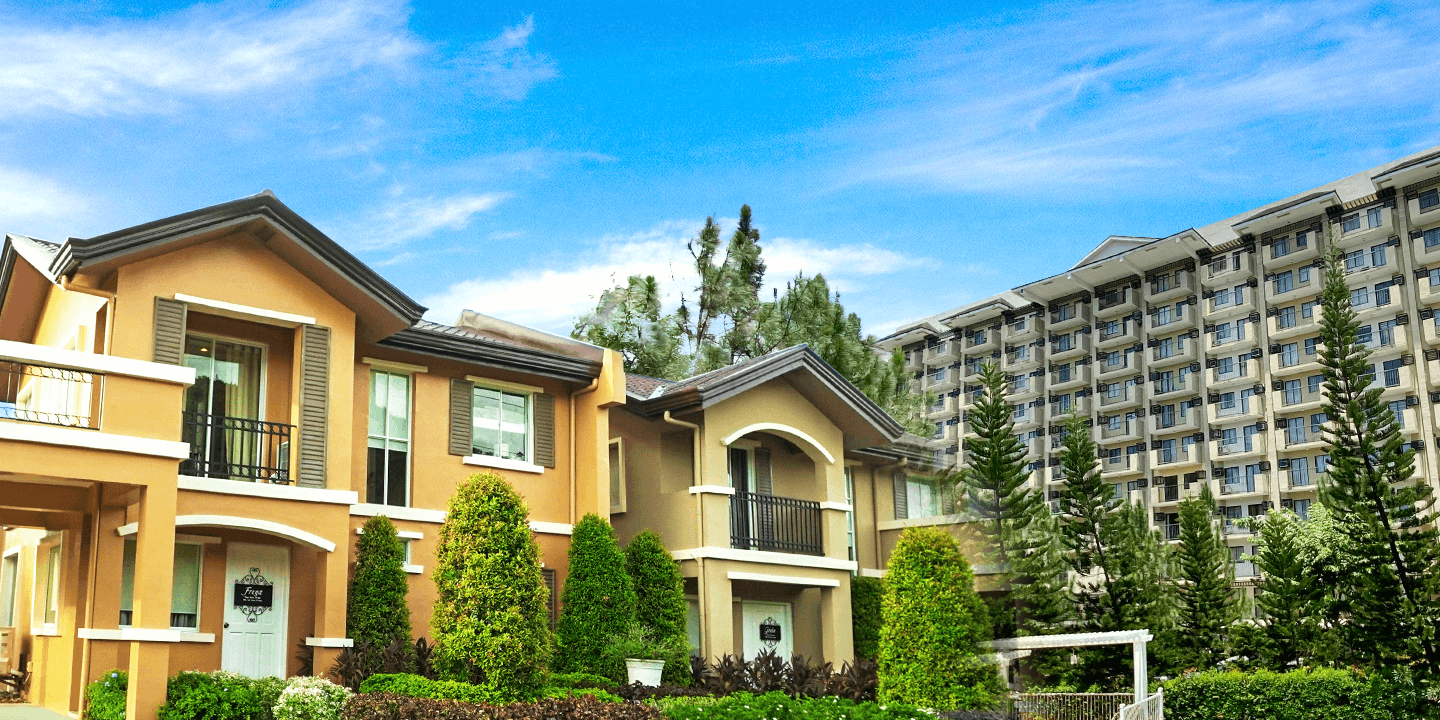
Celebrate Life’s Milestones in Camella!
House and Lot & Condominium for Sale in the Philippines
